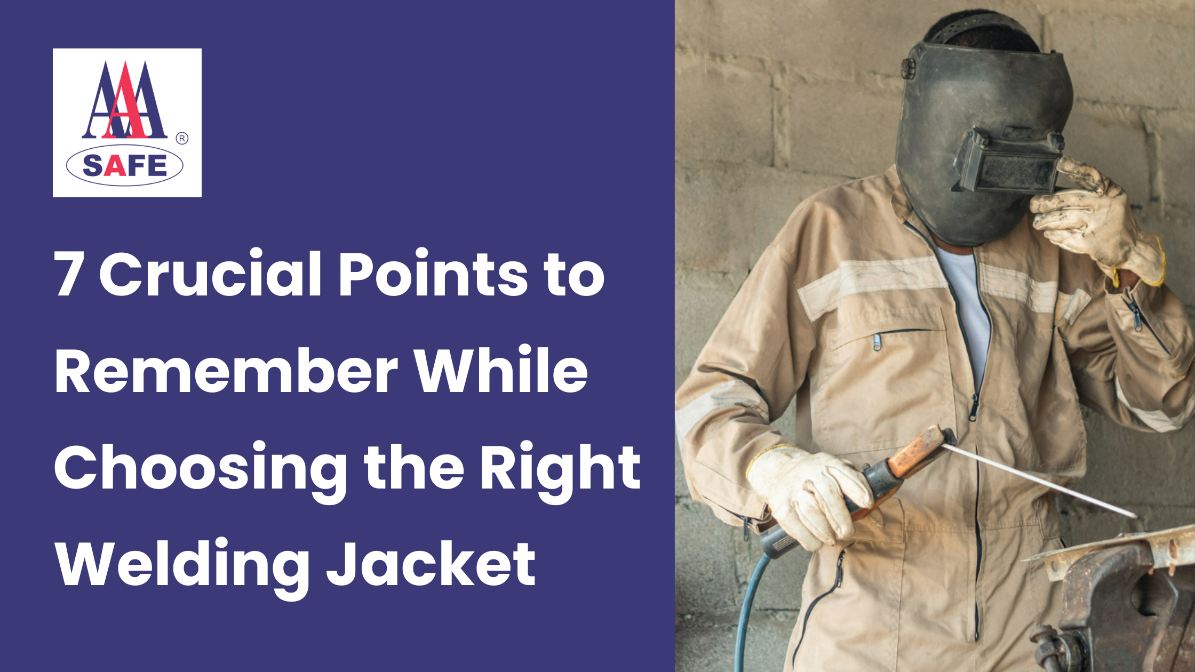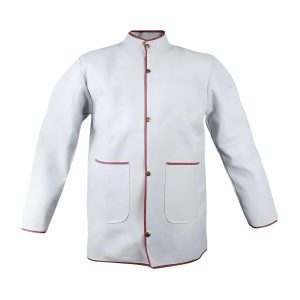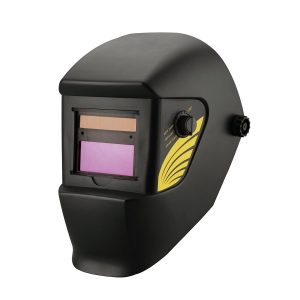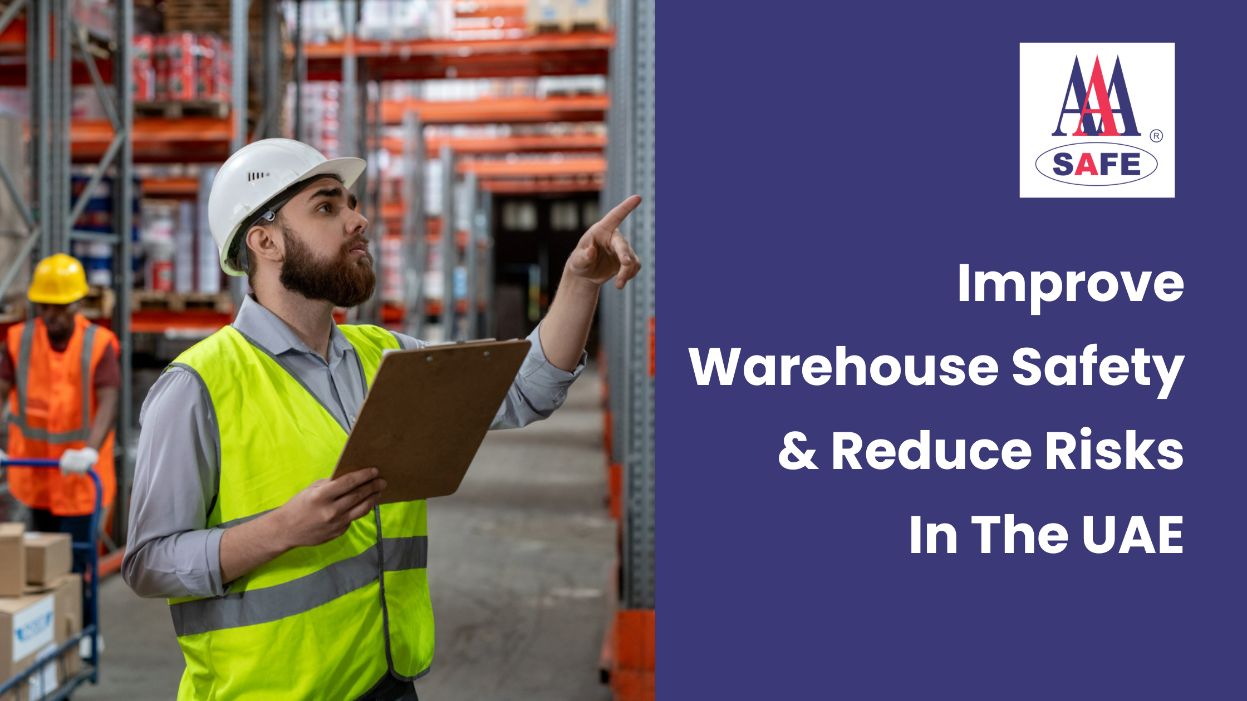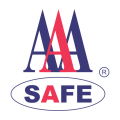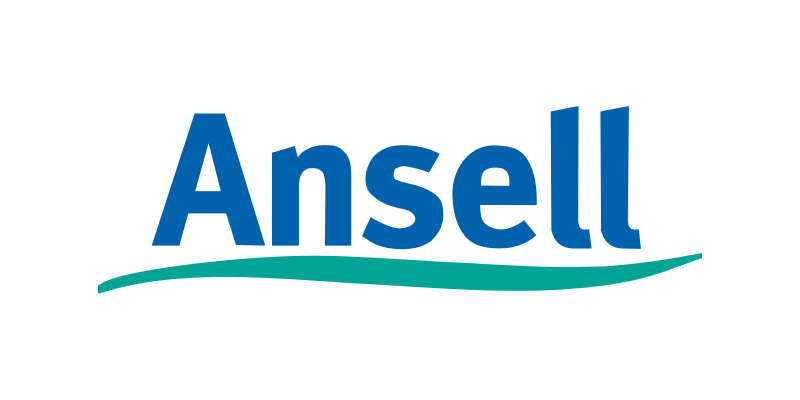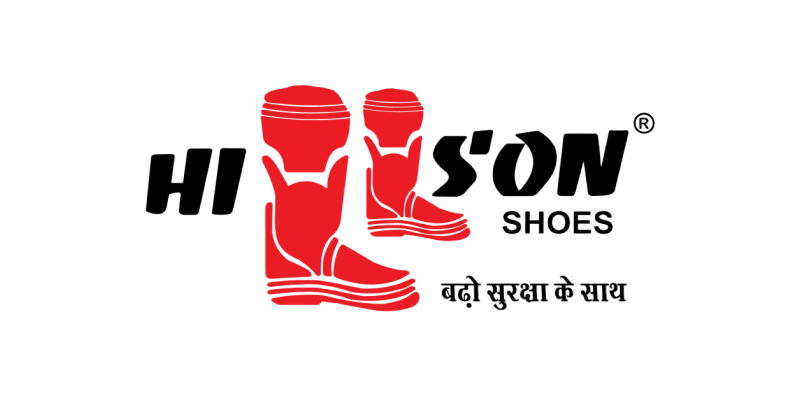When it comes to welding, safety is paramount. A crucial component of a welder’s safety gear is the welding jacket. Choosing the right welding jacket not only protects you from sparks, heat, and harmful UV rays but also enhances your comfort and mobility while working. With a variety of options available, understanding the key factors to consider can help you make an informed decision.
This blog outlines seven crucial points to remember while choosing the right welding jacket, ensuring you stay safe and efficient in your welding tasks.
Understanding the Importance of a Welding Jacket
A welding jacket serves as a barrier against the intense heat and sparks produced during the welding process. It is designed to protect the welder’s skin from burns, as well as shield against harmful radiation. Therefore, selecting the right jacket is essential for maintaining safety and comfort in demanding work environments.
Welding jackets are available in various materials, styles, and features tailored to different welding processes, such as MIG, TIG, or Stick welding. The right jacket can make a significant difference in your safety and comfort, which is why it’s crucial to consider all factors before making a choice.
1. Material Matters
The material of your welding jacket plays a significant role in its effectiveness and durability. Common materials include:
Leather
Leather welding jackets are highly durable and provide excellent protection against sparks and heat. They are ideal for heavy-duty welding tasks and offer superior resistance to flames and heat. Leather is also relatively easy to clean, making it a popular choice among professional welders.
However, leather jackets can be heavier and less breathable than other options, which may lead to discomfort during long hours of work, especially in hot environments. Consider the nature of your welding tasks and the environment in which you’ll be working when deciding on leather.
Flame-Resistant Fabrics
Many welding jackets are made from flame-resistant fabrics, such as cotton treated with fire-retardant chemicals. These jackets are lighter and more breathable, making them comfortable for extended wear. They are particularly suitable for MIG and TIG welding, where the heat is less intense compared to Stick welding.
These jackets often come with added features like pockets for tools, which can enhance convenience while working. However, it is essential to ensure that the fabric maintains its flame-resistant properties after multiple washes.
Hybrid Options
Some jackets combine leather and flame-resistant fabric for enhanced protection and comfort. These hybrid options offer the durability of leather along with the breathability of fabric, making them versatile for different welding applications. Assessing the balance between protection and comfort is crucial when considering hybrid options.
2. Proper Fit and Comfort
A well-fitting welding jacket is crucial for safety and ease of movement. When selecting a jacket, consider the following:
Size
Ensure the jacket fits snugly but allows for comfortable movement. A jacket that is too loose can snag on equipment or catch sparks, while a jacket that is too tight can restrict movement and cause discomfort.
Choosing the right size is essential, especially if you wear additional layers of clothing or protective gear underneath. Consider trying on different sizes and styles to find the one that suits your body shape and working style best.
Adjustable Features
Look for jackets with adjustable cuffs and waistbands. This ensures a secure fit and prevents sparks from entering the jacket, enhancing overall safety. Some jackets also have adjustable collars, which can provide additional protection from heat and sparks.
Additionally, jackets with elastic materials or stretch panels can offer a greater range of motion, making it easier to perform intricate welding tasks without compromising safety.
3. Level of Protection
Different welding processes generate varying levels of heat and sparks. It’s essential to choose a welding jacket that provides adequate protection based on the specific welding tasks you perform.
Ratings
Check for the jacket’s protection rating against flames and heat. Ensure it meets the necessary industry standards for your type of welding. For example, the American National Standards Institute (ANSI) and the American Welding Society (AWS) have established standards for welding protective clothing.
A jacket with a higher protection rating will typically be more suitable for heavy-duty welding applications. Always refer to the manufacturer’s specifications to ensure you’re getting the level of protection needed for your tasks.
4. Breathability and Comfort
Welding can be a physically demanding job, and working in hot conditions can lead to discomfort. A breathable welding jacket can help regulate body temperature and enhance comfort during long hours of work.
Ventilation Features
Look for jackets with ventilation features, such as mesh panels or vents, that allow airflow while maintaining protection. Proper ventilation is especially important in high-temperature environments, as it can prevent overheating and fatigue.
Some manufacturers design jackets with moisture-wicking fabrics that help draw sweat away from the body, further enhancing comfort. When trying on jackets, pay attention to how they feel in terms of breathability and moisture management.
5. Additional Safety Features
When choosing a welding jacket, consider additional safety features that can enhance protection:
High-Visibility Options
If you work in environments with low visibility or where you need to be seen by others, consider a jacket with high-visibility colors or reflective strips. High-visibility jackets not only enhance safety but also ensure compliance with workplace safety regulations.
Pockets and Tool Holders
Some welding jackets come equipped with pockets or tool holders for added convenience. These features allow you to keep essential tools close at hand without compromising safety. Look for jackets with strategically placed pockets that don’t interfere with your movements while welding.
Reinforced Stitching
Reinforced stitching is another important feature to look for in a welding jacket. Jackets with reinforced seams are less likely to tear or wear out quickly, ensuring durability even under heavy use.
6. Maintenance and Care
The longevity of your welding jacket largely depends on proper maintenance. When selecting a jacket, consider how easy it is to clean and care for.
Cleaning Instructions
Check the manufacturer’s instructions for cleaning and maintenance. Some jackets are machine washable, while others may require specific cleaning methods to maintain their flame-resistant properties.
Proper care is essential to ensure that the jacket continues to provide the necessary protection. Regularly inspecting your jacket for signs of wear and tear can also help you identify when it’s time for a replacement.
7. Brand Reputation and Reviews
Lastly, consider the brand reputation and customer reviews when choosing a welding jacket. Researching reputable brands can provide insights into the quality and effectiveness of their products.
Customer Feedback
Look for reviews from other welders regarding the durability, comfort, and protection level of the jacket. Customer feedback can be invaluable in helping you make a more informed choice. Consider joining online forums or communities for welders, where you can ask for recommendations and share experiences with various brands.
Conclusion
Choosing the right welding jacket is a critical decision for ensuring your safety and comfort while welding. By considering factors such as material, fit, level of protection, breathability, and maintenance, you can find a jacket that meets your specific needs.
Investing in a quality welding jacket not only protects you from potential hazards but also enhances your overall welding experience. Remember to prioritize safety and comfort, and you’ll be well-equipped to tackle any welding task with confidence.
Final Thoughts
Selecting the perfect welding jacket can significantly impact your welding experience. It is more than just a protective garment; it is an investment in your safety and well-being on the job. Take the time to evaluate the various options available and choose a jacket that meets your specific requirements.
With the right welding jacket, you can focus on your work without the distraction of discomfort or safety concerns. Always stay informed about the latest developments in welding safety gear and continue to seek ways to improve your safety practices in the workplace.

